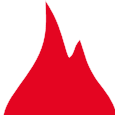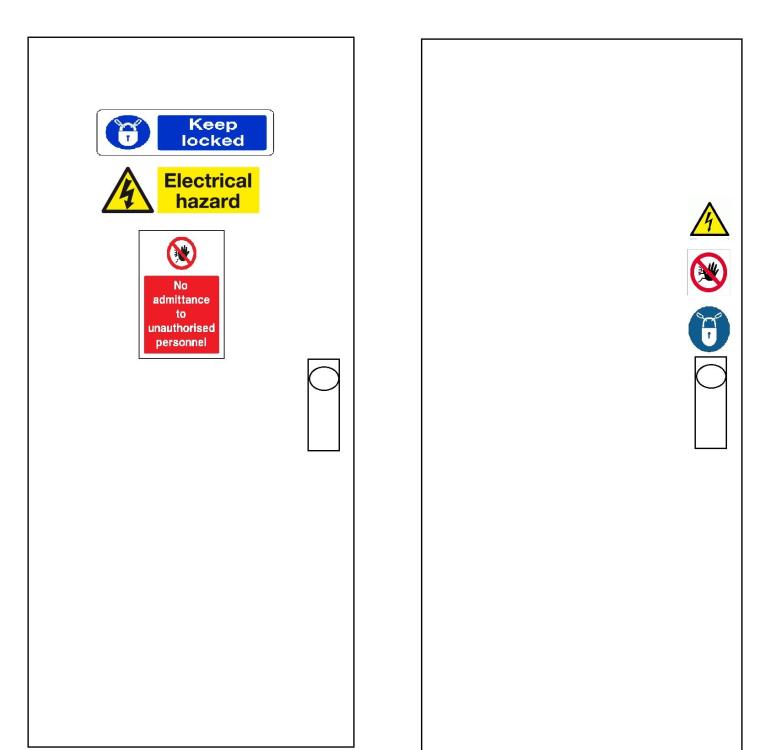-
Posts
2,631 -
Joined
-
Last visited
Contact Methods
-
Website URL
www.firewizard.co.uk
Profile Information
-
Gender
Male
-
Interests
Fire Safety
Recent Profile Visitors
71,878 profile views
AnthonyB's Achievements
-
You can't - there is no 'magic barrier' - either apply a solution from above or below. Or install a full BS5839-1 (not domestic) fire alarm system to the ground floor with call points, sounders and detection that also has sounders in the flat and operate a full evacuate policy for the whole building.
-

Do converted flats require fire risk assessment?
AnthonyB replied to a topic in Fire Risk Assessments
If the flats each have suitable fire separation then there is no need for a common alarm of any type where the communal space is a small ground floor lobby (the block can 'stay put'). I've assisted in a case with a similar set up to yours where the freeholder wanted to install a smoke alarm and emergency light for a ground floor lobby which also necessitated getting the Distribution Network Operator to put in a new supply as there was (understandably) no existing communal electricity supply. The leaseholder cost implications were horrendous, however as the flats had suitable separation then none of this was required. If there is a serious concern with fire separation then a common system would be needed but it would have to extend into each flat to support a full evacuation policy. Such a system can be Grade D (domestic mains alarms with battery back up) in a building of up to two storeys, above that is Grade A (commercial grade fire alarm) - it's based on storeys not whether they are common or not. Their duties under the Fire Safety Order don't go away - they have to implement the findings and if they intend to both ignore their responsibilities and let one of the flats then this would be a matter for the fire service in respect of the common issues and the local authority in respect of the rental property. The FRA of course could be wrong in which case it needs rewriting, but there is also every chance it's spot on - I can't be sure from a computer keyboard! -
You'll not find anything specific detailing this, the law itself is very broad and functional with the risk assessment giving the detail based on a variety of sources of non binding guidance. Some stuff like this is also though to be so obvious and intuitive as to not need a detailed note requiring it!
-
1. Correct, no CE mark by itself is not a reason to automatically require replacement 2. Smoke control doors were a thing way before 2003, your FRA should determine what doors are expected, but for the size and age you'd expect FD30S 3. Your fire door inspector should have been able to tell if an intumescent letter box was in place. A spy hole is so small your risk assessor should determine in line with a competent fire door specialist if it's proportionate to investigate further. The biggest unnecessary overspend in existing blocks of flats relates to fire doors and in an ideal world a competent fire risk assessor and a competent fire door inspector would meet together and with the client to assess on a risk based approach as per the legislation what must be done promptly, what can be done over time progressively and what really isn't necessary. The most important thing is that the doors are all self closing flush in frame. A lot of places have taken advantage of fire door inspection requirements so have trained staff on a pass/fail modern standards basis only whereas the legislation & it's official guidance does allow a risk based approach - this means you need to choose carefully your fire door inspectors & risk assessors.
-

3 story new build snag / developer conflict
AnthonyB replied to a topic in Fire Doors and Accessories
Unfortunately signing off of a building has no relevance as to whether the work is to a suitable quality or effective standard as they aren't carrying out inspection to any level of detail - the liability always rests with the developer. The biggest example is Grenfell Tower which got it's refurb signed off. I wouldn't buy anything from the last 25 years or so due to all sorts of common defects, particularly a house. Intumescent strips and FD30 doors (where a dwelling size and layout requires any fire doors in the first place) are not a new thing and it's a long time since 'FD20' doors (often an FD30 door with no seals after purpose built FD20 doors were no longer made) were a thing: https://www.thefis.org/2022/05/30/fire-door-safety-alert-clarification-around-fd20s/ Third party certified doors aren't explicitly a legal requirement, but how else can you be sure they are compliant and it's usually expected for new installs. Intumescent seals don't stop smoke detectors working as they don't stop smoke and only swell up to fill the door gap until the fire is very hot and well developed -

Hospital fire door replacement - building control?
AnthonyB replied to Mark Stanley's topic in Fire Doors and Accessories
I wouldn't, it usually only leads to unnecessary hassle & delay, just call it maintenance and not making things worse than original. If it's a hospital subject to the BSA you have no choice. That's the honest answer although you will get the BCI's in here making a fuss about it! -
Is that really the only way in & out of the building? Or does the stair lead to a normal main entrance which in most single stair flat buildings would be the only designated exit?
-
That's rather excessive - you don't need fire exit signs in simple single stair single exit buildings & glazed framed pictures and plant pots (as long as the plants are kept watered and alive) are not usually a real hazard (I'm usually happy with them). Smoking signage is an explicit legal requirement with no get around - however the requirement for it to be at least A5 with specified text was dropped (in England) years ago so a simple 75mm or 100mm no smoking pictogram by the entrance would suffice Other signage can and also should be sympathetic - for a typical plant room or meter cupboard there are two ways of signing them that are compliant - one of which is less institutional
-
You shouldn't need to ask this as your risk assessment & assessor should automatically have updated you in the last two assessments. Practically if no physical actions are outstanding and you have the right maintenance in place for fire door inspection, emergency lighting, smoke control, etc you are probably OK with the building, the biggest change is to resident information (which has to be annually provided to each resident & whenever a new resident moves in). Currently you should be providing the following info, the bold italics being the newest stuff that many RP's aren't up to speed with yet: Information that must be provided to residents includes: • any risks identified in the fire risk assessment and what fire safety measures have been enacted to address this • your name and UK address, the identity of anyone who assisted with doing or reviewing the fire risk assessment, as well as the identity of anyone who has been appointed to implement firefighting measures • how to report a fire to their local fire and rescue service • information on how to understand the ‘stay put’ strategy, and the action to take should they discover a fire in their own flat or in the common areas • being made aware of the importance of maintaining their flat entrance doors and their self-closing devices where appropriate including that they should not tamper with them. That fire doors should be kept shut when not in use and that any faults or damage to the door should be reported immediately
-
You are outside the scope of "A guide to making your small paying-guest-accommodation safe from fire" which would not require self closers as you have both 3 storeys and the stair opening into a habitable room rather than direct to exit or exit via a hallway. Principles in the main guidance would see a protected stair and self closing doors and either exit via a protected corridor creating or an alternative exit route or suppression. As this is potentially too far an extreme in the other direction you need a happy medium, which as it's outside the guidance, is best done by a professional risk assessor with sector experience as your fire risk assessment will have to justify why the premises layout is acceptable despite being outside the guidance.
-
Usually at least 1kg, preferably 2l/2kg. ABC Powder is the traditional go to as it's cheap, yet is still powerful compare with other agents mass for and is (almost) multipurpose. However it is messy and can damage surfaces and equipment (especially if warm or hot) and isn't pleasant to inhale. It's also ineffective on cooking oil fires. A more expensive but handy alternative is water mist, which is non damaging and effective on the main domestic fires of solids materials, electrical equipment and cooking oils https://www.safelincs.co.uk/1kg-abc-dry-powder-fire-extinguisher-ultrafire https://www.safelincs.co.uk/2kg-abc-dry-powder-fire-extinguisher-ultrafire/ https://www.safelincs.co.uk/britannia-2kg-powder/ https://www.safelincs.co.uk/1-litre-water-mist-fire-extinguisher-ultrafire/ https://www.safelincs.co.uk/britannia-p50-2ltr-water-mist/
-
They should, but as you have found out, enforcement is so 'hands off' & lax these days it has to be something horrendously bad before they will do anything.
-
That depends on the design of the system, it's not a given. Usually the only time there are airflow gaps around fire doors is part of a pressure differential smoke control system as oppose to standard extract, but that's not to say it's not possible, although inlet air from the stair is usually by opening the door.
-

Fire Doors/Areas controlled by swipe cards
AnthonyB replied to Dirk Pitt's topic in Fire Doors and Accessories
In theory it could be both - unfortunately security almost always overrides safety it seems, the security risk should usually be high enough to justify from not having the required failsafe's in the direction of escape.




